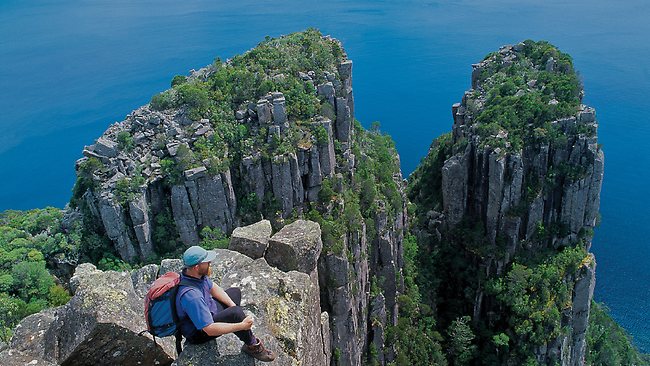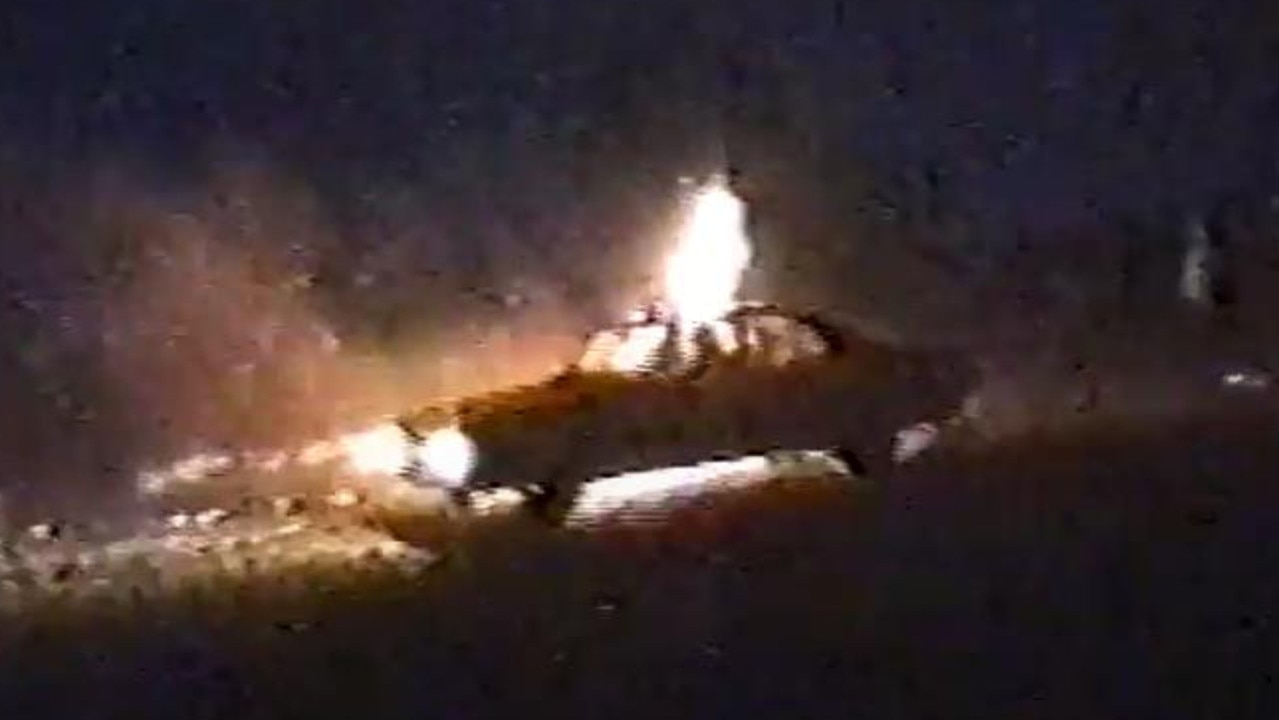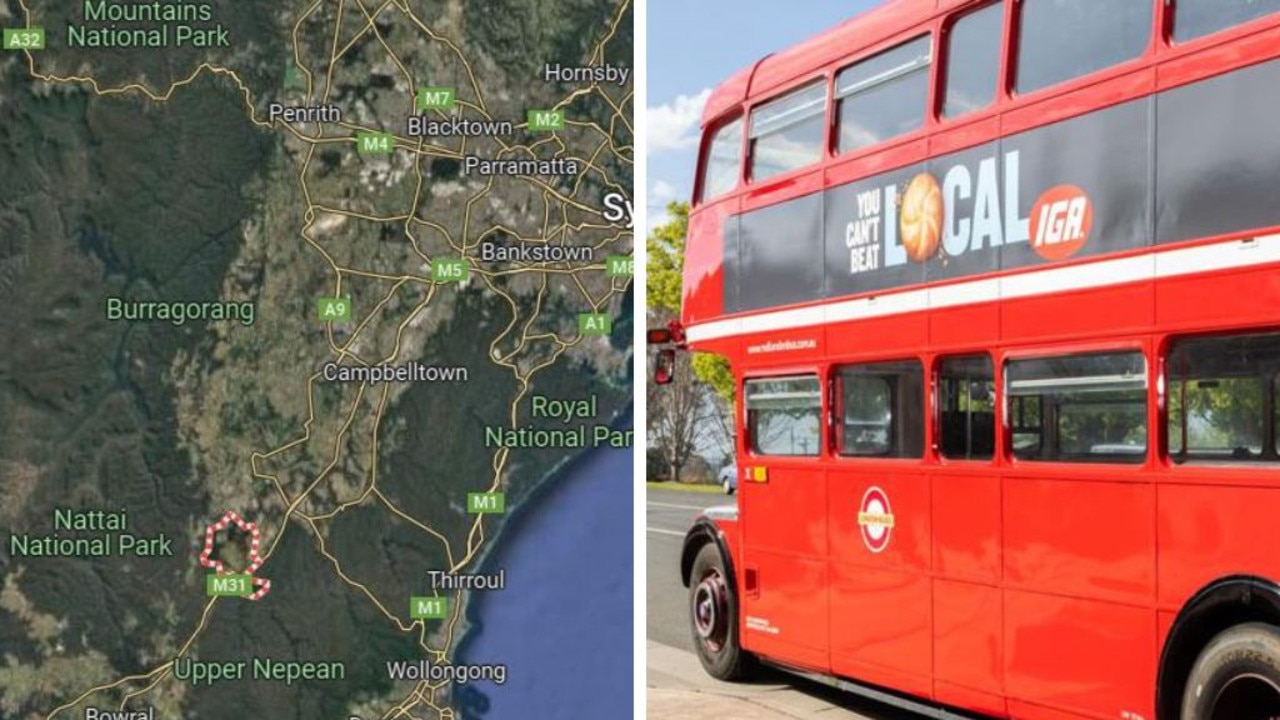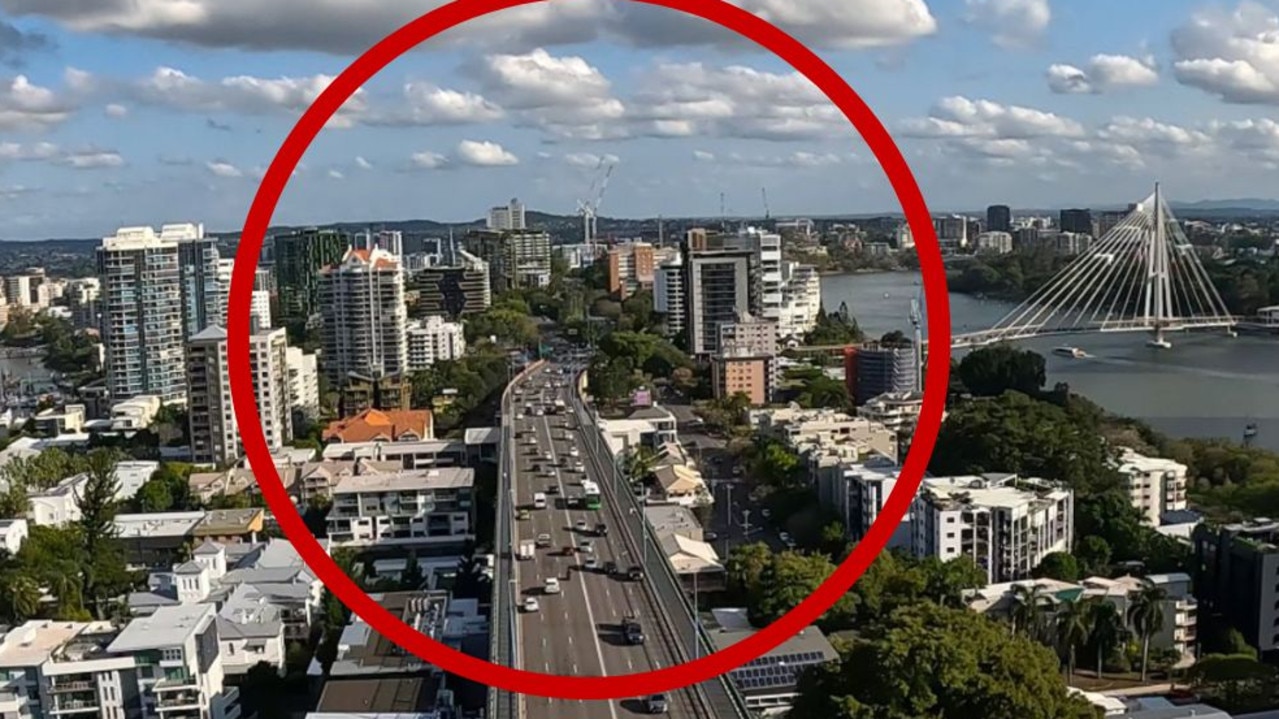The wild wonders of Maria Island in Tasmania
UNIQUE birdlife, historic structures and natural beauty make this island off the Tasmanian east coast a wonderful place to visit.

WITH a west coast characterised by gentle sloping hills and an east coast of towering cliffs dropping dramatically to the sea, Maria Island is a place of contrasts with a history as varied as its landscape.
Approaching the island across Mercury Passage, the majestic peaks of Bishop and Clerk cast a spell on the visitor that lingers long after leaving this magical place.
A look at the past
The first European to navigate these waters, Abel Tasman, named "Maria Eylandt" in 1642, but the first to step on the island's shore was James Cox, in 1789. Nicholas Baudin's expedition surveyed the island for the French in 1802, prompting the English to establish a presence in Van Diemen's Land a year later. Sealing and whaling - and smuggling - then took place around the island's sheltered coves and, for a time, Darlington's shores were strewn with the rotting blubber and bleaching bones of these hapless sea creatures.
Convicts were sent to Darlington in 1825 to build a prison farm and, by 1844, there were 627 convicts, among them political prisoners from Ireland convicted of high treason. After the prison was abandoned, the island was leased in 1884 to Italian merchant Diego Bernacchi, who envisaged first a Mediterranean idyll then a cement works. During various stints on the island, he established vineyards and opened the Grand Hotel but his ventures were short-lived. His cement company was wound up in 1929 as the depression began. Darlington then became a place where holidaymakers enjoyed the island's peace and quiet. The island was declared a wildlife sanctuary in 1971 and a national park the following year. Darlington Probation Station's 14 convict buildings were given World Heritage Convict Site listing in 2010.
Aboriginal culture Belonging to the Tyreddeme, a clan of the Oyster Bay tribe, Maria Island provided an abundant supply of seafood and game.
Smoke from fires and dome-shaped burial mounds at Cape des Tombeaux were seen by early European mariners.
Natural features
Maria is virtually two islands joined by the sandy McRaes Isthmus, with the larger northern section dominated by the 710m Mt Maria. On the north coast, rolling hills drop sharply to the sea at the Fossil Cliffs, where there are significant fossil beds, and sweep dramatically upwards at Cape Boullanger, the northernmost point. In the northeast is the 630m spire of Bishop and Clerk. South Maria has a less dramatic landscape, with a backbone of modest hills and Glenloth Cliffs in the southwest stretching north from Cape Peron.
Native plants and wildlife
Most of the island is covered with blue gum and stringybark forests. Pockets of bracken fern are an indication of past land-clearing. While mammals such as the forester kangaroo and Bennett's wallaby were introduced in the 1960s and 1970s, native species include the eastern pygmy-possum and swamp and water rats. Maria Island habitats support more than 100 species of seabirds, shorebirds and bush dwellers. Cape Barren geese and Tasmanian native-hens stake a claim to the grasslands, while colonies of short-tailed shearwaters nest along the coast. The rare and endangered forty-spotted pardalote, found only in a tiny area of coastal southeastern Tasmania, inhabits the canopy of large manna gums (Eucalyptus viminalis).
Camping and accommodation
This beautiful island is a haven for campers; all the campsites abound with wildlife, and some are just a stone's throw from gorgeously isolated beaches. There is limited accommodation in a wood-heated dormitory-style backpacker unit (shared facilities, no power). Bookings are essential and should be made well in advance.
Things to do
Bushwalking: Fossil Cliffs Walk (2 hours return) will fascinate history buffs as it passes the 1922 Clinker Storage and Cement Silos, an 1846 convict-built barn, the Cemetery, 1840s houses, an 1889 cement works and 1920s limestone quarry. The beautiful cliffs contain masses of dark grey bivalve fossils from an ancient polar sea. Painted Cliffs Walk (2 hours return) heads south to Hopground Beach, where patterns on the undercut sandstone cliffs at the southern end have a painterly quality.
Mt Maria Walk (6 hours return) involves climbing but rewards, on a clear day, with views to Mt Wellington (near Hobart) and the Tasman Peninsula. Bishop and Clerk Summit Track (5 hours return) is for the energetic with a head for heights. From the peak there are views to Freycinet, Schouten Island and Isle des Phoques.
Guided tours: Scenic flights combined with cruises and guided walks take visitors to some of the best off-the-beaten track locations on the island. Tent accommodation is provided along with gourmet meals and fine wines.
The award-winning Maria Island Walk is a four-day walk in the national park for groups of up to eight people, accompanied by two guides. The experience is a unique and unforgettable blend of wildlife, history, breathtaking scenery, candlelight gourmet dinners and elegant accommodation.
Historic sites: Take the walk to Fossil Cliffs or explore the island's fascinating buildings and ruins to learn about the varied history of Darlington. The Coffee Palace displays three dining rooms from different periods in the island's history, while William Smith O'Brien's cottage showcases Smith's political activities in Ireland that led to his imprisonment.
Mountain-bike riding: With 30km of unsealed vehicle tracks and no cars, a mountain bike that can tackle loose sand, mud and rocks is a great way to see the island. Bikes can be hired on the island from PWS and off-island through Maria Island Ferry & Eco Cruises.
Watersports: The island's coves and headlands are popular canoeing spots and the marine reserve inshore from Cape Boullanger to Return Point offers great diving locations as fishing is excluded.
Go2 - MARIA ISLAND
Getting there: Maria Island is 75km east of Hobart.
Access: From Hobart via Tasman Highway to Triabunna; from Launceston via Midland Highway to Campbell Town then B34 to Swansea and Tasman Highway to Triabunna; ferry services operate daily from Triabunna with Maria Island Ferry (0419 746 668) or East Coast Cruises (03 6257 1300); charter flights via Par Avion (03 6248 5390).
Doing there: Park information: PWS 1300 135 513, PWS Maria Island (03) 6257 1420.
Size :11,550ha
Permits: Park entry fee payable.
Best season: Summer and autumn.
Visitor information: Triabunna (03) 6257 4772.
Must see, must do:
- Explore fascinating ruins from the island's history.
- Climb Bishop and Clerk for astounding panoramic views.
- Take a leisurely beach stroll to the Painted Cliffs.
- Pedal to the island's remote southern beaches
"Like" Escape.com.au on Facebook
Follow @Escape_team on Twitter



